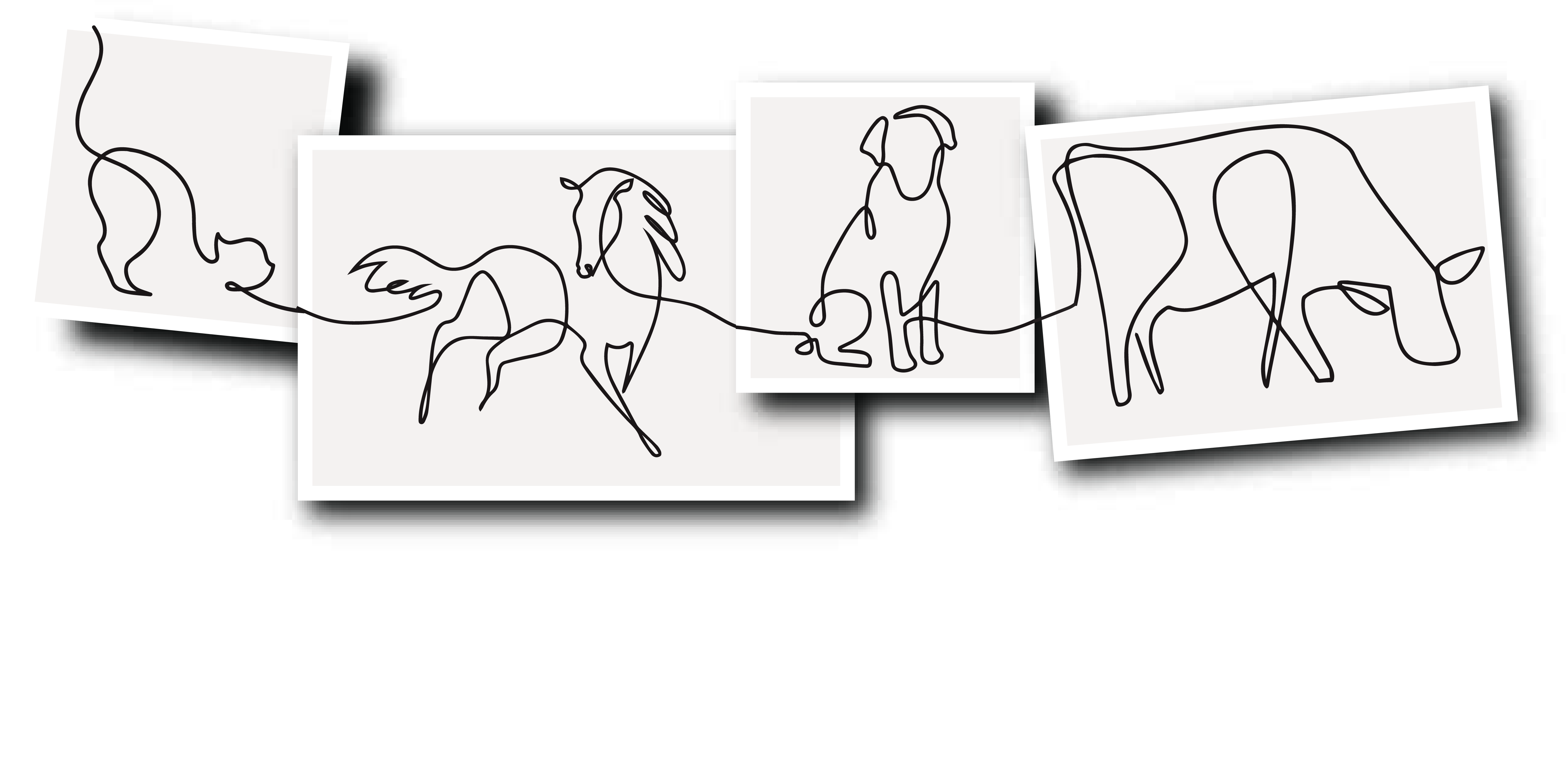Laminitis, or ‘founder’, is one of the most common causes of lameness in the horse. It is defined as inflammation of the connection between the hoof wall and the underlying bone. When this connection is inflamed, it becomes damaged which can lead to structural changes and pain. As damage occurs, the bone begins to separate from the hoof itself, resulting in the bone progressively rotating away from its attachments. In severe and chronic cases, the bone can push through the sole of the hoof. Any hoof can be affected by laminitis; however, the front feet are most frequently affected.
What causes laminitis?
The most common cause of laminitis is feeding a diet high in carbohydrate, particularly in horses who are overweight. This can be from consuming excessive amounts of lush spring pastures, cereal hays or grain. Laminitis can also be associated with equine cushings disease or equine metabolic syndrome, which affect the way in which horses are able to digest carbohydrates in their gut. Less common causes include toxins, steroid drugs, and severe infections. Occasionally, with a severe lameness in one foot, horses can develop laminitis in the other foot due to increased pressure from weight bearing.
What are the signs of laminitis?
- Increased digital pulses
- Heat in the feet
- Lameness that can range from mild and only seen on a circle, to severe with reluctance to walk and stiffness
- Shifting weight away from the sore feet, often towards the hindlimbs when standing
- Spending more time lying down

How is laminitis diagnosed?
The diagnosis of laminitis in the field can often be made based on the horses symptoms combined with a thorough examination, both stationary and in motion, and an assessment of current diet and exercise routine. In some cases it is necessary to perform nerve blocks or to take x-rays of the feet to plan the best course of treatment. Once the diagnosis has been made, blood tests may also be performed if equine cushings disease or equine metabolic syndrome are suspected.
How do we manage laminitis?
Laminitis is managed with several different methods. It is important to try and determine the initial cause if possible as this will allow treatment to be more specific for that horse.
- The first step it to remove or treat the underlying cause. This may be dietary adjustment, removing horses from lush pastures or using grazing muzzles. In some cases, veterinary intervention and intensive treatment may be required such as for those with systemic infections or toxin ingestion.
- Anti-inflammatory therapy provides pain relief and reduces further damage. Bute is the most common anti-inflammatory drug used for laminitis and will generally be prescribed for a course of several days to weeks.
- Further supportive treatments such as using deep bedding in stalls or cushioned hoof boots and icing the hooves will help to alleviate discomfort
- It is very important to consult with your farrier and have your horses hooves regularly trimmed as overly long or uneven hooves can worsen the condition
What should I feed my laminitic horse or pony?
Diet will be an important consideration in the short and long term management of laminitis.
- The horse should be fed mainly roughage such as teff or soaked lucerne hay and avoiding cereal hay (oaten, wheaten, barley or ryegrass). Most pasture hay contains a high proportion of rye and should be avoided. All sources of grain should be removed and replaced with a laminitis safe feed.
- Many commercial feeds are acceptable for laminitic horses but avoid anything that contains grains, grain by-products (including bran, millrun/mix and pollard) and molasses. Some products will be advertised as “grain-free” but still contain grain by-products so it is important to look at the ingredient list.
- Grazing on pasture should be restricted to the early hours of the morning (between 3-10am) as the sugar content is at its lowest. A grazing muzzle can also be used if grazing times cannot be controlled.

